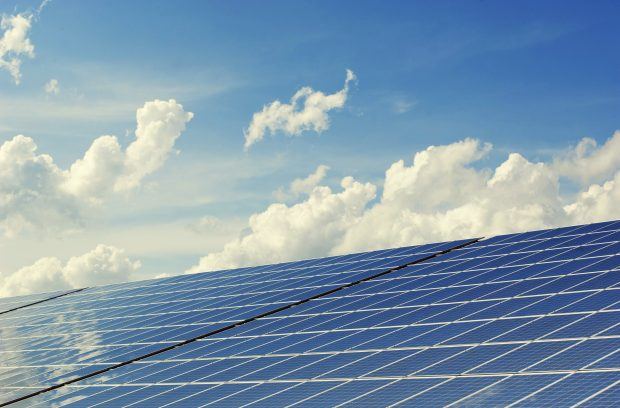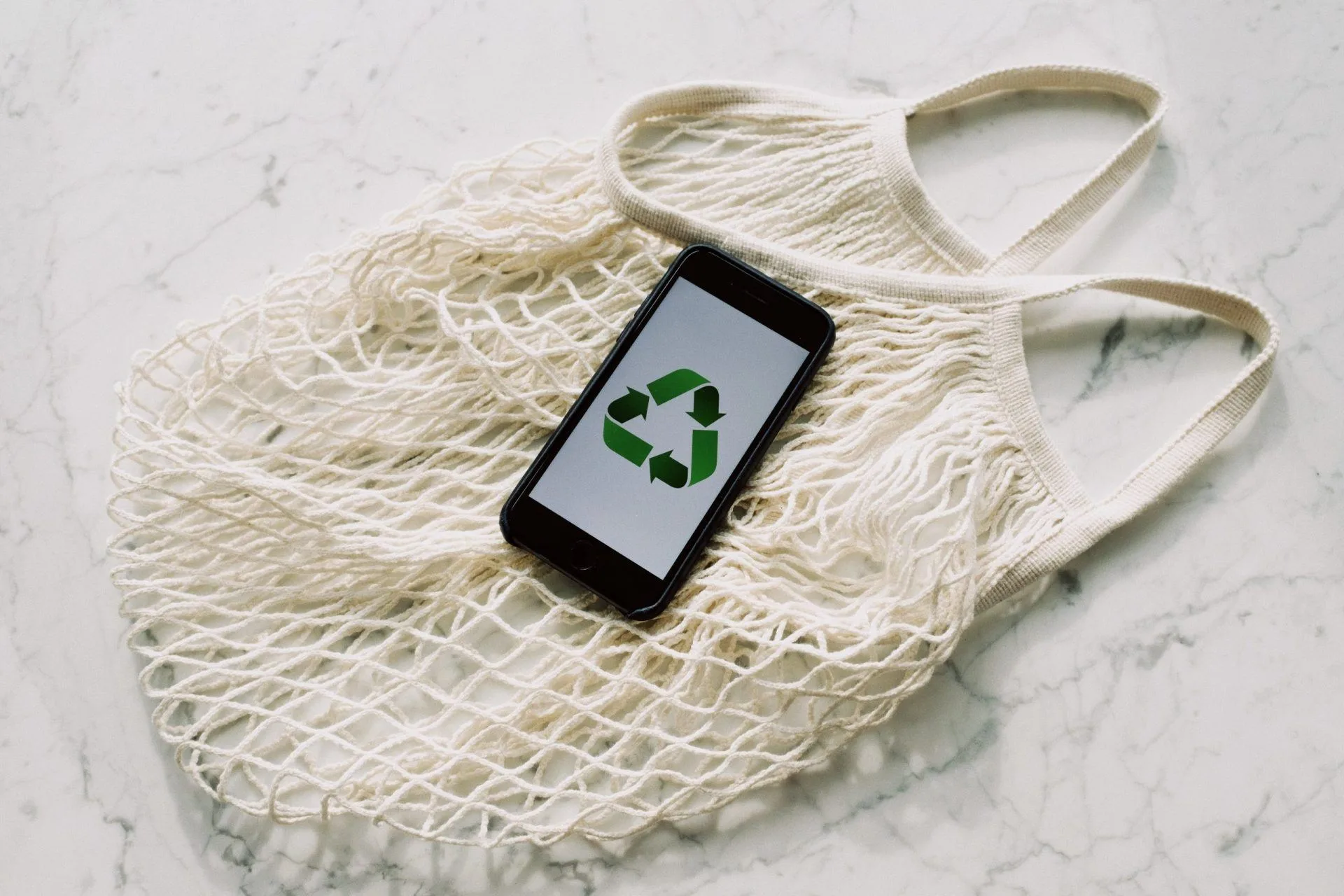Common misperceptions regarding going green and eco-friendly living include that it’s too costly, too time-consuming and that it’s in vain.
Being environmentally conscious isn’t as hard as it’s made out to be, plus it can really help the Earth. Of course, being consistent about your new lifestyle choices is a must. Frankly, if we all did a little something, it could quickly add up to a major positive. All it takes to lend a hand to Earth is a few minor adjustments on your part.
Another major benefit is the money you may save! Having a few extra dollars can really be a major push towards a sustainable lifestyle for some. Having said that, let’s dive right into the changes you can implement to go green at home. Longevity Live Paid Content.

Photo by Artem Beliaikin on Unsplash
Going green at home
1. Seal air leaks
The heating and cooling bills may be significantly cut just by sealing the cracks around your windows, doors, and other openings throughout the house. What this boils down to is that you are using much more electricity than is needed, which is certainly not good for the planet.
To aid in locating air leaks, close all doors, windows, and fireplace dampers. Take out an incense stick flame and move it near areas where a leak may occur. Wherever there are openings, smoke will be dispersed. Caulk, expanded sealant, foam gaskets, and weather stripping are all great options for sealing leaks.
2. Limit your plastic use
One of the most important things you can do to help the environment is to reduce your use of plastic. Bottles, straws, bags, utensils, and other items used just once before being discarded add a significant amount of waste to landfills and pollute the oceans.
Reduce your takeout and increase your cooking time, and if you must order in, don’t ask for utensils. You have silverware at home; why use plastic?! Additionally, you should get reusable products such as tote bags instead of plastic shopping bags. We also recommend taking out relatively smaller items such as saran wrap out of your life. Eco-friendly substitutions such as beeswax wraps work just as fine while being reusable. Another green pro-tip – don’t purchase anything in small quantities; instead, stock up on bulk items.
3. Use solar energy

Photo by Pixabay
Since the original investment in solar panels was recouped, the savings from switching to solar power have been substantial. More importantly, solar energy systems won’t generate air pollution or greenhouse gases, so they may help you lessen your home’s overall effect on the environment.
It is common knowledge that covering all of your energy demands with solar panels might be expensive and sometimes outright impossible. You may always begin on a lesser scale and expand from there. Limiting solar power to provide just 20% to 30% of your annual energy demands can also have a significant impact.
4. Repair your items
If you put off making a repair, you’ll eventually have to pay more money for maintenance or a complete replacement. That may lead to a variety of unsustainable expenditures, such as dealing with the plastic packaging of new items. Instead of throwing away broken items, think about getting them fixed or refreshed.
5. Select plants for your garden wisely
Plants, in general, may be both aesthetically pleasing and functional. Also, contrary to popular belief, a green thumb is not required to cultivate a beautiful garden. Native plants have already had time to adapt to your environment, so they will need less maintenance.
If you hire a professional landscaper, they may advise you on which local plants would thrive with little care on your part. If you don’t have to water your plants every day, you’ll be saving water. Plus, with indigenous plants, you will be aiding the natural ecosystem of your area.
Who is the author?

Lisa Thomas
Lisa Thomas is an editor and research blogger. “The more people I meet, the more I love my cat.”





![women [longevity live]](https://longevitylive.com/wp-content/uploads/2020/01/photo-of-women-walking-down-the-street-1116984-100x100.jpg)










